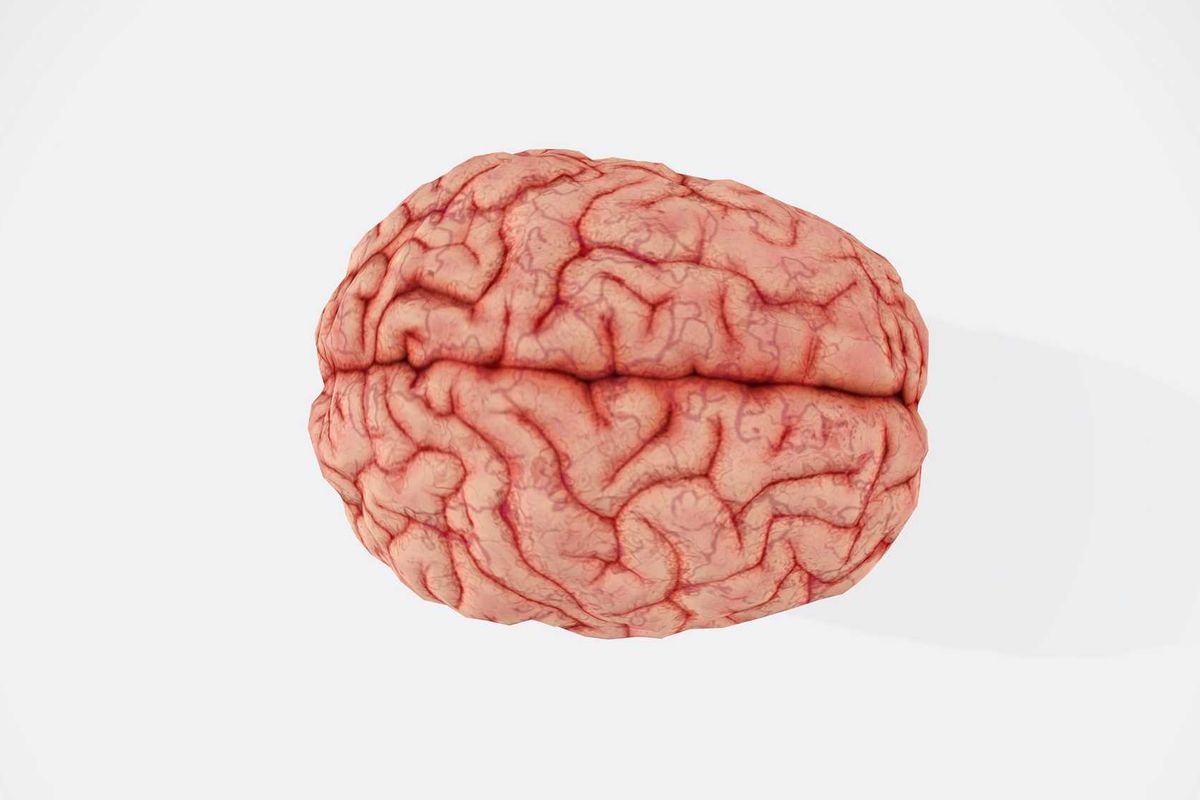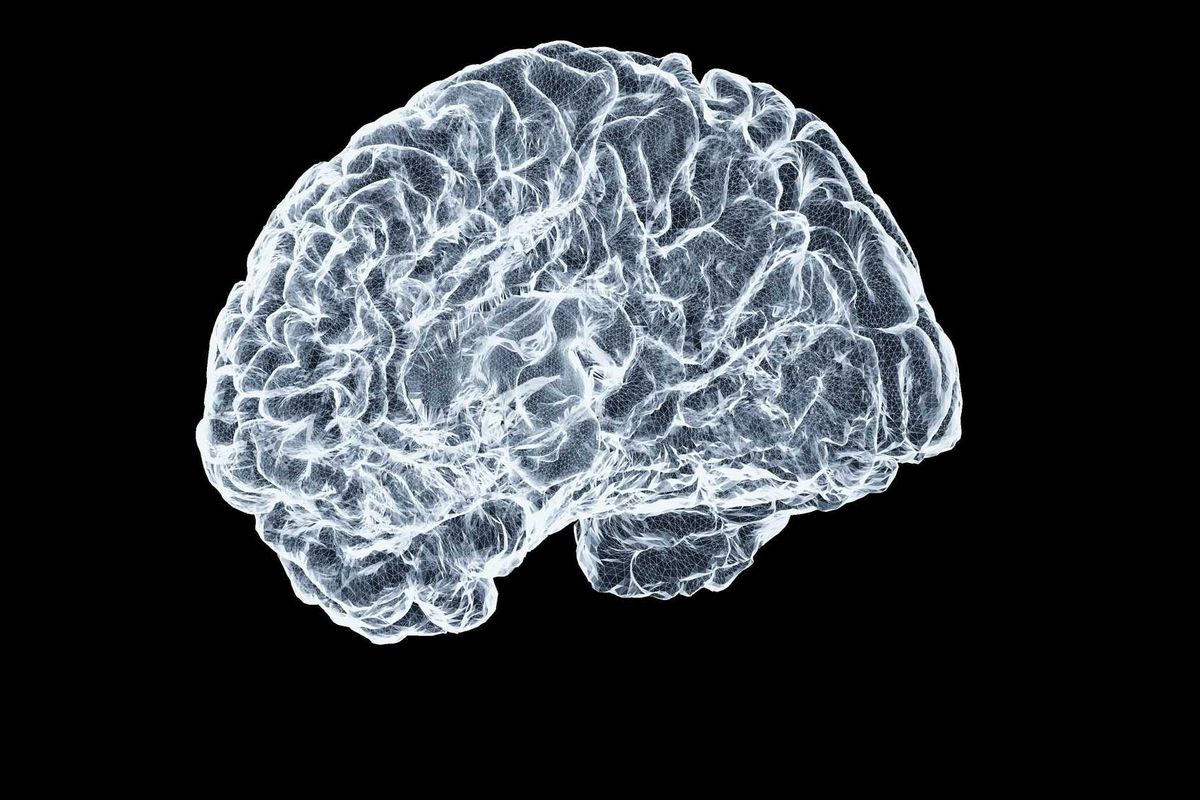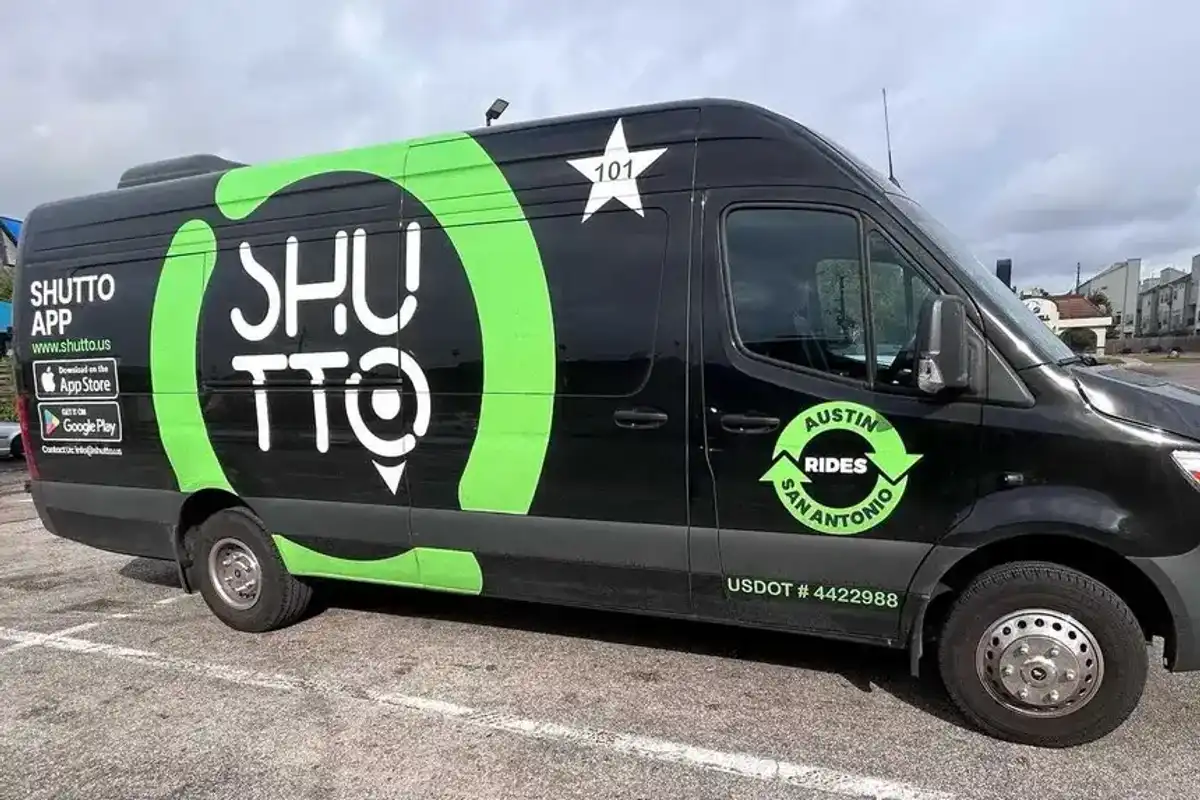Houston nonprofit grows to provide more resources to underserved communities in Houston
Innovating food deserts
For some Houstonians, fresh foods are far away and too expensive to incorporate into their diets regularly. A Houston organization is looking to change that.
Urban Harvest, a 25-year-old nonprofit focused on bringing fresh produce and education to underserved communities, received a $347,000 grant from the Rebuild Texas Fund earlier this year to expand their services across town. The expansion also means a new community farmers market in northeast Houston that opens on Saturday, August 17, at Kashmere Gardens Elementary School (4901 Lockwood Drive).
The farmers market was created to serve a food desert continuing to recover from Hurricane Harvey, according to a news release. Urban Harvest is partnering with Northeast Houston Redevelopment Council and Common Market to create and run the market.
The new market will accept Supplemental Nutrition Assistance Program, or SNAP, benefits, which offer nutrition assistance to over 637,000 low-income individuals in Harris County. With the addition of the Double Up Houston program, which launched in April 2019, SNAP shoppers receive a dollar-for-dollar match, up to $20 per day, that they will be able to use to purchase fresh produce. In total, there are 13 farm stands across Houston that can access the Double Up SNAP incentive.
"Double Up is new to Houston, this is the first time we have had a Double Up kind of program here in the metroplex, ever," says Janna Roberson, executive director of Urban Harvest. "It is something that is very common in a lot of states."
Fair Food Network, based in Michigan, assists in working the Double Up program in 22 states across the country, including their partnership with Urban Harvest in Texas. "It gives people the opportunity to be able to purchase fruits and vegetables, which are very expensive," said Roberson.
"Last fall we received a grant with a large group of partners for Double Up Houston," Roberson tells InnovationMap. The grant was gifted by Rebuild Texas, a fund created by the Austin-based Michael & Susan Dell Foundation after Harvey.
"Initially, they did not do a lot of funding in Houston because we have a lot of resources here in our city, so their primary task was to fund in other places that had been hit by Hurricane Harvey that didn't have that foundation," adds Roberson. "They were really interested in areas of Houston that had been hit by Harvey and impacted, and how those places related to food and food access."
Urban Harvest, founded in 1994, is a 501(c)3 nonprofit organization providing community garden programming, farmers markets, gardening classes, and youth education. The farmers markets, launched in 2014, bring in farmers and producers from within 180 miles of Houston, offering the freshest, local produce and meats available. The organization has a staff of 11 and is located in east downtown Houston.
"There is programming also going at these markets where we are working with the University of Houston and the Houston Food Bank's nutrition office to have people come out to the markets and actually prep fresh produce to be able to show people, with very simple recipes, what you can do with the extra vegetables that you are purchasing," says Roberson.
In the past year, Urban Harvest has been working to strategically grow in the greater Houston area. In September of last year, the organization's main farmers market moved to its current location at 2752 Buffalo Speedway, tripling in size.
"We moved the market and expanded it, presenting some 72 vendors at the market location," Roberson tells InnovationMap. The Buffalo Speedway market operates 52 weeks a year every Saturday from 8 a.m. to noon.








